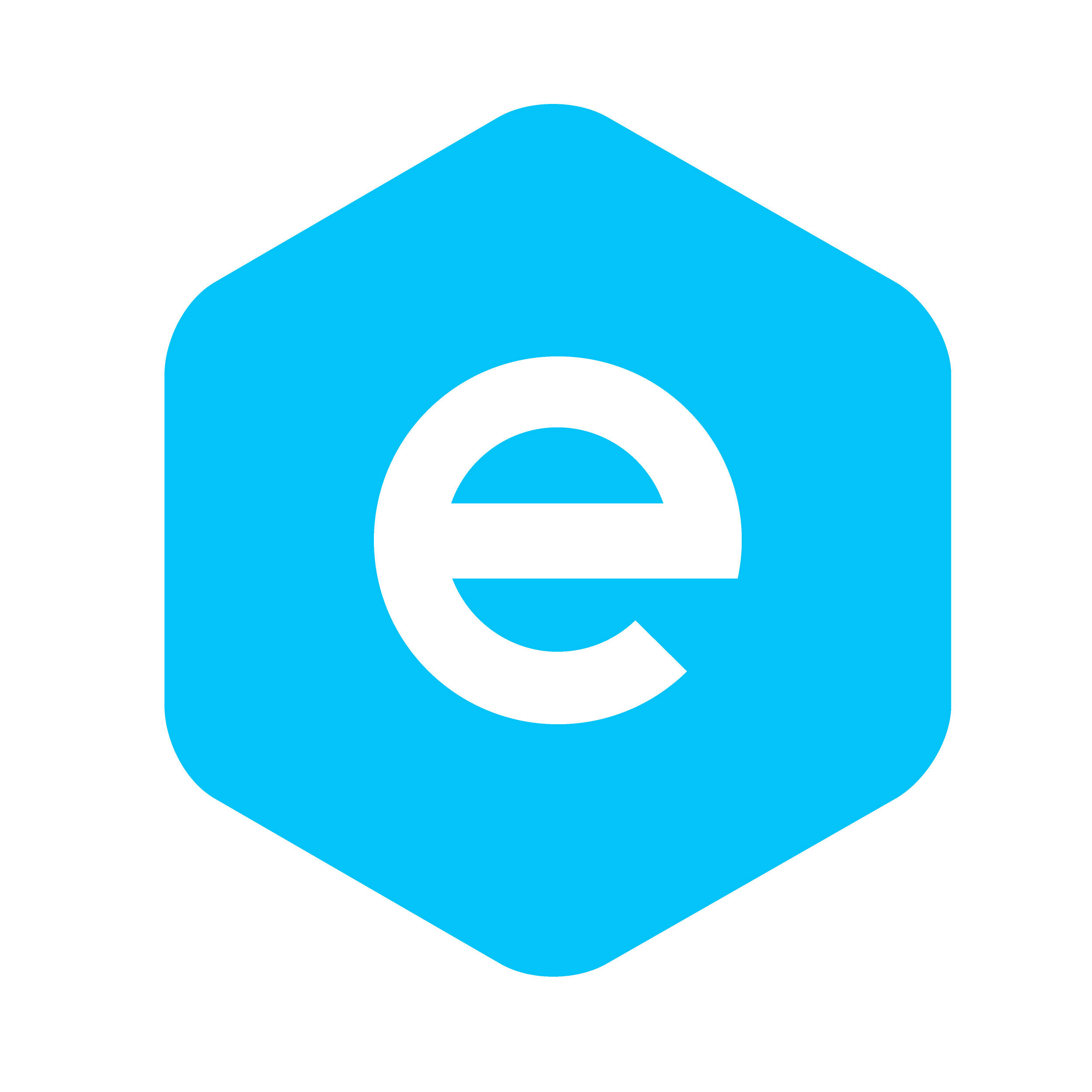- The Un-Employer
- Posts
- Visual Design & Your Portfolio
Visual Design & Your Portfolio
It's your first or second impression. Visual design matters.


Intro
Ah, portfolios. Beloved by recruiters and hiring managers, and despised by designers. Not because we don’t understand the value, but because they are the one thing we can never stop changing and improving upon. If you can, props to you.
Some of you may not know this, but before collaborative and online design tools that anyone can access with a URL, we used features like layer comps in Photoshop and had 12 500mb website designs all labeled .v3.final on our computers.
We also had to submit portfolios as .PDF’s as the majority of companies didn’t care to go to your website and see your work. While the way in which we share and submit our work may change over time, the one thing that remains constant is the amount of effort we should put in.
TL;DR of this post
It’s not impossible, but very difficult to bounce back from a bad first impression
Recruiters/Hiring managers spend 30 seconds to 2 minutes looking at your site
Use whatever platform you’re most comfortable with
Ask recruiters & hiring managers for feedback. The worst they’ll say is no.
First Impressions
Depending on the situation, your resume or website will be the first impression you make on a recruiter or hiring manager. Putting the work in to ensure you’re making a memorable first impression will help establish trust and credibility with the viewer and increase your odds of making it to the interview.
The opposite is also true. If you don’t put a lot of effort into your portfolio, visitors will notice. The problem with making a poor first impression is that it’s very difficult to overcome. Even if the recruiter decides to give you a second chance, the hiring manager, most likely, will not.
I’ve experienced this recently on a small scale. When a recruiter let me know that I would not be moving forward I asked them if the hiring manager had specific feedback that could help me improve. The feedback was around the super small details such as the alignment of buttons due to wrapping text, and also around the color used to highlight text in certain areas.
While I don’t agree with the first piece of feedback (it’s hard to account for rags and widows for all breakpoints), the second piece about the highlight color was the feedback I needed to get myself motivated to put more effort into improving how I show my work.
It’s about perception, not skill…at first.
Recruiters and hiring managers spend between 30 seconds to 2 minutes looking at your site. That’s right, they spend less time on your site than most videos on TikTok. Why? Because they know what they’re looking for.
One of the only skills someone could evaluate you on as a designer in such a short time is your UI skills such as color, imagery, and typography. This is why it’s important to show those skills up front and entice them to dig deeper into the details of your work that may not be as visual.
Receiving feedback from that hiring manager made me think about how the amount of effort I’ve put into how my portfolio looks as I grew in my career. Spoiler alert, it’s currently like a reverse bell curve.

Early in my career, I spent plenty of time on how my portfolio looked—arguably too much. When I was looking for a job first out of college, I spent 6-months designing and coding my site in HTML and CSS. It was responsive and, as someone who isn’t an engineer, I felt unstoppable.
Remember when I said that at that time nobody really cared about your site and, instead, they wanted .PDF portfolios? This is when I learned that lesson 🥲.
By the time I was in a mid-level role for a few years and was searching for a senior role, I was all about the lowest barrier to entry in terms of being able to get those evaluating me into the details of my work. This proved successful for me and, after many rounds of interviews, I had a couple of competing offers before choosing Mailchimp.
Fast forward to now, I’ve been so focused on optimizing my resume and writing cover letters (yuck), that I’ve made my portfolio an afterthought. I wasn’t practicing what I preach when it came to spending time polishing my portfolio.
Take it from a pro. Jared Tredly is a leading Design recruiter based in NYC and consistently works with top talent.

Conclusion
I’ve been designing in Framer lately and have updated my current Squarespace portfolio to look better than it did. I’m still not confident in Squarespace as a platform and look forward to the control that Framer will allow me.
If you’re not someone who regularly asks for feedback from recruiters or hiring managers, I would highly suggest you start. The worst they’re going to do is ghost you or say no, and while both of those suck, it’s not what I’ve experienced most of the time and then you can say you tried!
Thank you
I like writing and sharing my experiences, so thank you for taking the time to read through this. As always, you can find me on LinkedIn. Feel free to reach out with any questions, comments, or feedback as I look to write about relevant topics. Check out some open job postings below!



